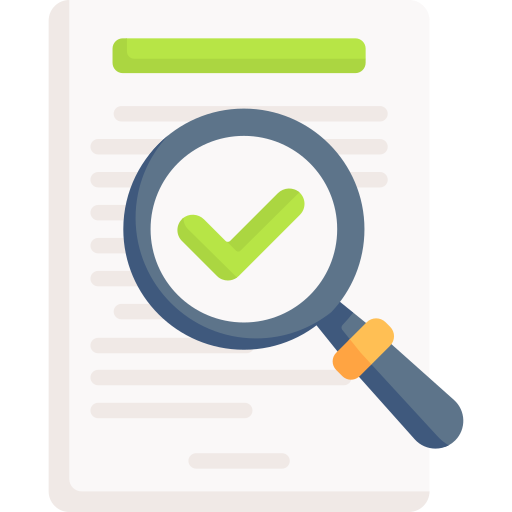After four years of hard work, Paul has finally earned his bachelor’s degree in elementary education. Now he is putting together his resume so he can find a teaching position in one of the local schools.
“I wanted to showcase my creativity and stand out from the other applicants,” said Paul. “So I used a lot of different fonts and colors and formatted my resume in a way that looked really unique—but still professional—on my computer screen. But then I sent the resume to my sister so she could take a look at it, and everything came out weird on her end. The headings were all misaligned, and there was this big white space in the middle of the page. I’m still trying to figure out what happened, but I’m glad I sent the resume to my sister before I sent it to any school districts!”
If you are like Paul and have just graduated from a college or university—or if you just happen to be looking for a new job—a professional, polished resume or CV is an absolute necessity. Your resume or CV is what can make a positive first impression on would-be employers. Unfortunately, many job applicants make the same mistake as Paul by using complex formats and varied fonts. Others fail to test their documents before submission. Therefore, we will examine why simplicity and thorough testing are crucial for an effective resume or CV.
Need Editing and
Proofreading Services?

Readability and professionalism
You may share Paul’s belief that using multiple fonts and an elaborate design is a good way to stand out from your rival applicants, but this often has the opposite effect. A clean, straightforward layout is easier to read and looks more professional. Hiring managers typically review dozens of applications, so in general they appreciate clarity and simplicity. Stick to one or two professional fonts such as Arial or Times New Roman, and use consistent formatting throughout your document.
Compatibility issues
Using a lot of different fonts and complex formatting can also create compatibility issues when your resume or CV is opened on another device or with different software. There can even be problems if the person opening your document is using an earlier or later version of the same software as yours. Thus, what looks perfect on your computer might appear jumbled, odd, or incomplete on someone else’s. This is what happened when Paul’s sister tried to look at his resume.
Complex formatting can also lead to parts of your resume or CV not coming through correctly, especially when converting between file types (e.g., from .docx to .pdf). Important information may be lost, or it could appear in the wrong place, making your application appear unprofessional. A straightforward design will minimize these risks and ensure that your document looks the same, no matter where it’s viewed.
Applicant Tracking System (ATS) compatibility
Many companies use ATS software to screen resumes before they are sent to a human recruiter. These systems can experience problems with complex formats, varied fonts, and unusual file types, potentially leading to your resume being misinterpreted or rejected. A simple, text-based format increases the likelihood that your resume will be accurately processed by an ATS system.
The importance of testing
Paul may have made some mistakes when he decided to be creative with his resume, but he definitely made the right choice by sending it to his sister so she could check it. If you are sending out a resume or CV, you should always test it to ensure that it displays correctly. Here are a few guidelines to follow:
- Save and review: Save your document in multiple formats (e.g., .pdf, .docx) and review each version on different devices.
- Send a test email: Email the document to yourself and open it on various devices (laptop, tablet, smartphone) to check for any issues.
- Check with someone else: Ask a friend or relative to check your resume or CV on their devices, especially if theirs are different from yours (e.g., you use Apple products and your friend has a Dell PC and an Android phone).
- Use online tools: Utilize online tools to check for ATS compatibility and document readability.
By following these steps, you can catch and fix any issues before they reach a potential employer. Paul ended up reformatting his resume entirely. “To be honest, I liked my original version better,” he said. “It was more colorful and fun. This new one is just standard. But my sister was able to open and read the standard version without any problems, so that’s the one I am sending to the school districts.”
Need Editing and
Proofreading Services?

At TextRanch, we often review resumes and CVs via our Document Editing service. Occasionally, our editors do experience formatting issues, but in nearly every case we can read the document well enough to correct the spelling and grammar and make stylistic improvements. If your editor uses the same hardware and software as you do, they might not catch any formatting problems. Therefore, it is important for you to follow the steps listed above.








Ask an Editor: A New TextRanch Feature!
Proofreading vs. Editing: What’s the Difference?
Human Editors: Why Do You Need One?
How can I improve my understanding of native-English speakers? Part 1